Sony has taken one step closer to bridging the gap between compact cameras and professional DSLRs with its new range of Alpha A33 and A55 cameras. They are built smaller, lighter, and easier to use while still offering DSLR quality pictures and full HD video recording.
The most notable feature of the cameras is the revolutionary fixed mirror technology called Single Lens Translucent (SLT). Unlike mirrors in conventional DSLRs that need to swing out of the way when capturing an image, the mirrors used in the SLTs allow the majority of the light to pass straight through to the sensor thereby eliminating the need for mirror movement. This technology allows for extremely fast and continuous auto focusing that is especially important during video capture. It also eliminates camera shake caused by mirror movements during image capture.
Another interesting difference from conventional DSLRs is the use of a high-resolution electronic viewfinder (EVF) in place of the conventional optical viewfinder. Although it may look a bit weird when first used, photographers will learn to appreciate the amount of additional information that can be displayed on the EVF. One very useful new piece of information it displays is the digital level gauge indicating whether the camera is level. Another major advantage of the EVF is that any change of settings such as White Balance or ISO can be immediately viewed by the photographer.
Being smaller and lighter, the cameras are easier to carry around and more comfortable to use when shooting for long periods of time than the usually bulky DSLRs. However, the smaller batteries incorporated in these cameras may mean that you have to carry extra batteries during extensive shooting sessions. The shorter handgrip may also be a problem for people who have larger hands.
Sony also included several features to make the cameras more user friendly, the most useful being the fully articulated 3-inch LCD which allows for flexible photo and video taking. A dedicated video recording button is provided to allow users to easily start and stop video recording. To aid users in making adjustments, a brief description is displayed when any setting is selected. Other features such as the Sweep Panorama, Auto HDR, Handheld Twilight, and Multi-Shot Noise Reduction functions can make photo taking easy and fun.
The optional SAL1855 kit lens that can be bundled with both models is a good multi-purpose lens. The lens produces very little noise when focusing, which is important when taking videos. The only complaint is that the zoom action of the lens does not feel very smooth and it can cause jerky zooming in videos.
The biggest difference between the A33 and A55 cameras is the newer and higher resolution 16.2-megapixel sensor on the A55 which boasts better power consumption and better performance at high ISO settings. Additionally, the A55 features a 10-frame-per-second continuous shooting mode, a larger image buffer, and a GPS receiver which can automatically tag photos with location data.
The most notable feature of the cameras is the revolutionary fixed mirror technology called Single Lens Translucent (SLT). Unlike mirrors in conventional DSLRs that need to swing out of the way when capturing an image, the mirrors used in the SLTs allow the majority of the light to pass straight through to the sensor thereby eliminating the need for mirror movement. This technology allows for extremely fast and continuous auto focusing that is especially important during video capture. It also eliminates camera shake caused by mirror movements during image capture.
Another interesting difference from conventional DSLRs is the use of a high-resolution electronic viewfinder (EVF) in place of the conventional optical viewfinder. Although it may look a bit weird when first used, photographers will learn to appreciate the amount of additional information that can be displayed on the EVF. One very useful new piece of information it displays is the digital level gauge indicating whether the camera is level. Another major advantage of the EVF is that any change of settings such as White Balance or ISO can be immediately viewed by the photographer.
Being smaller and lighter, the cameras are easier to carry around and more comfortable to use when shooting for long periods of time than the usually bulky DSLRs. However, the smaller batteries incorporated in these cameras may mean that you have to carry extra batteries during extensive shooting sessions. The shorter handgrip may also be a problem for people who have larger hands.
Sony also included several features to make the cameras more user friendly, the most useful being the fully articulated 3-inch LCD which allows for flexible photo and video taking. A dedicated video recording button is provided to allow users to easily start and stop video recording. To aid users in making adjustments, a brief description is displayed when any setting is selected. Other features such as the Sweep Panorama, Auto HDR, Handheld Twilight, and Multi-Shot Noise Reduction functions can make photo taking easy and fun.
The optional SAL1855 kit lens that can be bundled with both models is a good multi-purpose lens. The lens produces very little noise when focusing, which is important when taking videos. The only complaint is that the zoom action of the lens does not feel very smooth and it can cause jerky zooming in videos.
The biggest difference between the A33 and A55 cameras is the newer and higher resolution 16.2-megapixel sensor on the A55 which boasts better power consumption and better performance at high ISO settings. Additionally, the A55 features a 10-frame-per-second continuous shooting mode, a larger image buffer, and a GPS receiver which can automatically tag photos with location data.
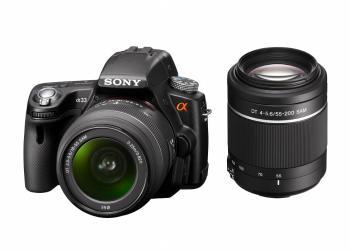
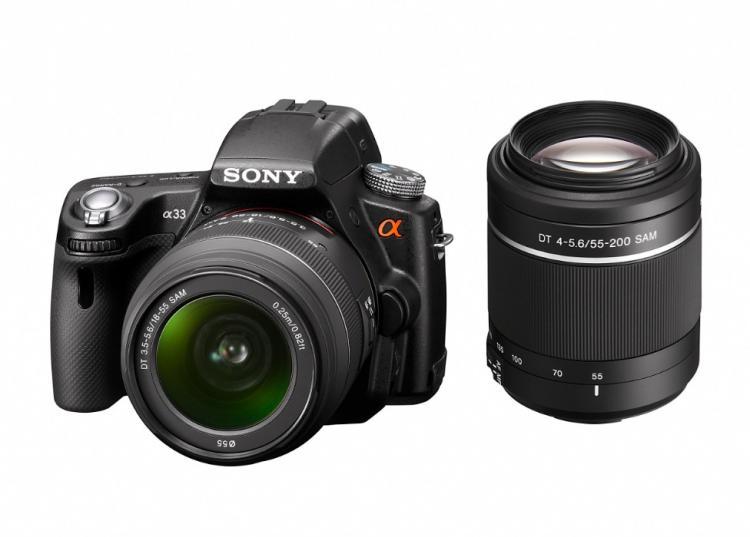
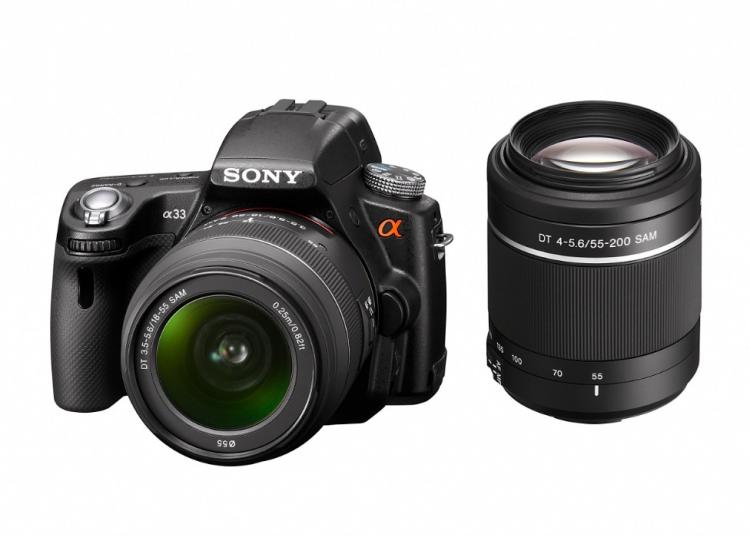
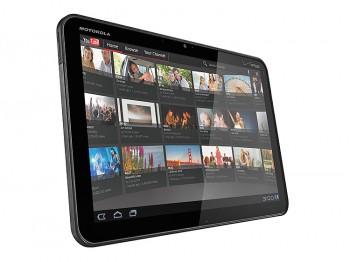

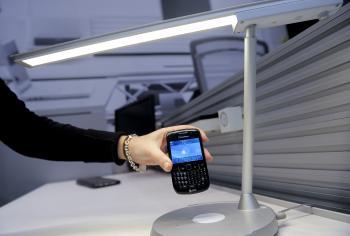
Friends Read Free